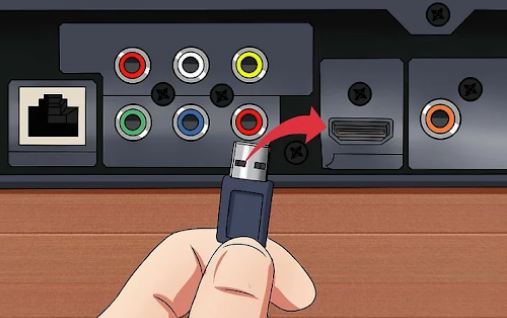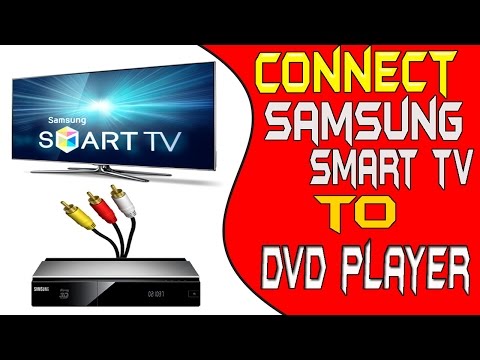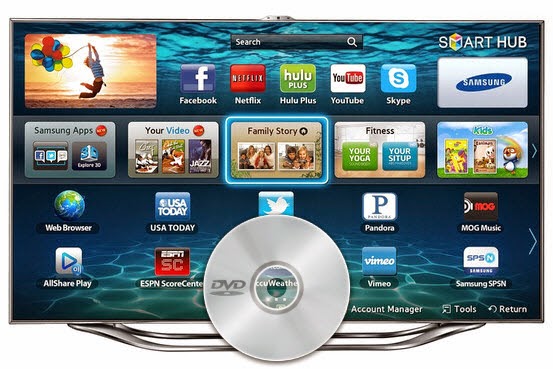Remember the days when in order to watch a movie, you had to go to a video store to get your favorite movie. Well, those days are behind. These days, all you have to do is log into your Netflix, Hulu, or Amazon Prime account to select a movie or show and watch it instantly without leaving your house. In this post, we will see how to connect DVD player to smart TV.
But over the years, you have accumulated a large collection of DVDs and Blu-rays of your favorite movies and TV shows that are now part of your storage. Suddenly, nostalgia overtakes you and you remember all the limited edition collector’s DVDs you own. Let’s start.
How to connect DVD player to Smart TV
Before you do anything, you should check your DVD player so you know what video connections it has. See, if your DVD player probably has an HDMI output. If it does, follow these steps to connect it to your TV :
- We can use HDMI cable to connect the back of your DVD player.
- Connect the other side of the HDMI cable to an available input on your TV.
- Turn on the DVD player and use the remote control from TV to select the appropriate input.
- Now, the DVD player logo should appear on your TV screen.
Composite vs Component Video Input
Check to see if your Smart TV has a composite or component video input. Most Smart TVs up to 65 inches have a composite video input.
- If it is so, you see a yellow RCA connector on the back of the TV that provides an analog video signal.
- There is also a stereo input for audio signal having white and red RCA connectors.
- Also, sometimes a 3.5mm stereo jack connector comes into use instead of the RCA connectors for audio.

If your TV has a composite video connector, follow these steps to connect the DVD player to the TV :
- Connect the composite video cable (yellow RCA) to the DVD player.
- Thereafter, connect the white and RED audio RCA cables to the corresponding connectors on the back of the DVD player.
- Take the other side of the composite cable and audio cables and connect them to your TV.
- Turn on the DVD player and select the input channel on TV.
- You should see the DVD player logo on the TV screen.
In some cases, the TV has a component video input, which is also an analog video signal split into three separate signals. Each signal passes through a different RCA cable, one green, one blue, and one red.
This type of video connection provides better signal quality than composite video. The audio signal arrives as a separate signal. It is usually a white and red RCA cable or a small 3.5mm audio plug. See the picture below for reference.
When there is the component video input, then :
- Connect the component video cable (Green, Blue, Red RCA) to the DVD player.
- Thereafter, connect the white and RED audio RCA cables to the corresponding connectors on the back of the DVD player.
- Take the other side of the component video cable and audio cables and connect them to your TV.
- Select the input channel on your device after switching it on.
- Now you should see the DVD player logo on the screen of TV.
How to watch TV without Internet?

If there is no composite/component video input — What to do?
Over time, TV manufacturers are abandoning analog video connections because as video resolution increases to 4k and 8k, it does not make sense to degrade video quality by using analog signals like composite and components, which can only deliver low-quality video. However, if you have a DVD collection and want to watch it on your big screen, the Smart TV, you should be able to do so.
To convert the analog video signal to digital, you will need a composite to HDMI converter or a component to HDMI converter.
SUMMING UP ** How to connect DVD player to Smart TV **
In this post, we have seen how to connect a DVD player to Smart TV. Thus, hopefully, this post goes a long way in educating you on how to do your job of connecting the DVD player and your TV. You simply need to follow all the steps and techniques set up here and complete your work. Until next time, see ya !! Goodbye 🙂
